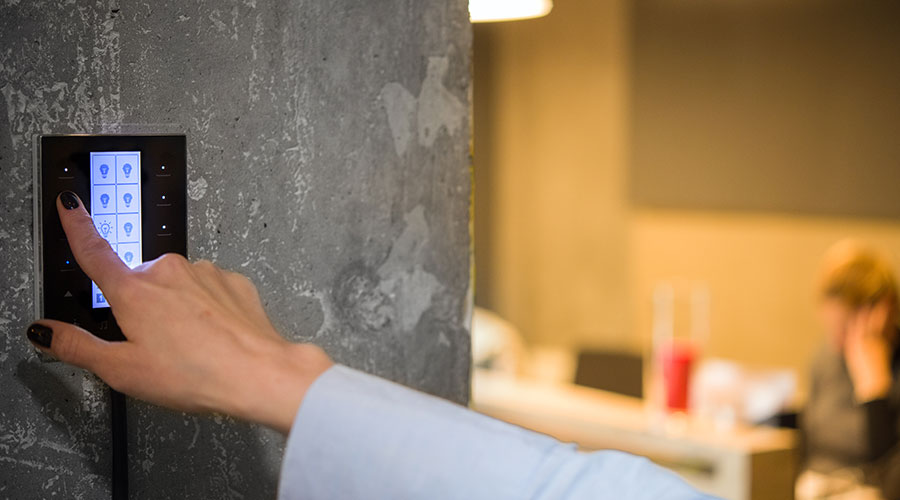Lighting Upgrades Bring Energy Savings
Just how big is the lighting retrofit opportunity for commercial and institutional buildings? Data from the Department of Energy (DOE) paints a startling picture. Of the 2.7 million commercial buildings constructed before 1980, only 455,000 made lighting upgrades between 1980 and 2003. Those numbers — drawn from DOE's 2003 Commercial Buildings Energy Consumption Survey, the most recent data available — suggest that more than 2 million of those older facilities have been using essentially the same lighting systems for the past three decades, says the National Lighting Bureau, which analyzed the DOE numbers. These buildings consume nearly 900 billion kilowatt-hours of electricity, at an annual cost of more than $115 billion.
"It's true that a very high percent of existing buildings have lighting systems that are more than 20 years old," says Keith Ward, president of Luminus Devices. "Today's lighting technologies have evolved an incredible amount in the past five years or so, enough to make an enormous impact on an existing facility."
Lighting, on the average, can account for a third of a building's energy use and potentially more if the facility has exceptionally outdated, inefficient lighting. Making even a few changes to an outdated lighting system, whether it is through lamp or fixture replacement, adding controls or adjusting lighting color and intensity, can bring numerous benefits, lighting industry experts say. In fact, more widespread lighting upgrades in the United States could avoid some $50 billion of needless energy expense each year, according to DOE estimates.
"With 75 percent of all commercial buildings using outdated technology, the potential for energy efficiency and cost savings with lighting upgrades can be significant," says Silvie Casanova, senior manager of lighting communications at Philips Lighting North America. "Upgrades typically can save between 40 and 60 percent on energy costs, leading to a fast ROI just by switching to the technologies available today. In fact, if we switched all the lighting in the world's non-residential buildings to energy-efficient solutions, we would save $80 billion on electricity costs and avoid emitting 330 million tons of carbon dioxide into the atmosphere. That's equivalent to the output of 312 power plants."
It's clear that facility managers can make a difference locally and globally by making lighting upgrades in their buildings — some of which are simple, yet still often overlooked. The common denominator is that all yield energy and cost savings, boosting efficiency and improving the bottom line — crucial concerns for any facility manager.
"Operating costs, which include electricity costs and maintenance costs, are a major expense for any facility, and facility managers are responsible for managing these costs," says Susan Anderson, manager of energy relations for Osram Sylvania. "Converting from less-energy-efficient, old-technology lighting systems to new, more efficient technologies is a proven way to cut operating costs."
According to Greg Bennorth, director of system projects, Universal Lighting Technologies, lighting upgrades can provide substantial energy savings while improving the overall lighting quality for a building's space by delivering higher lighting levels, more evenly distributed light and improved color rendering. Better light, studies show, can improve occupant productivity. "It's a win-win opportunity for facility managers and occupants," he says.
NEMA's enLIGHTen America Program Provides Upgrade Blueprint
The National Electrical Manufacturers Association (NEMA) has teamed up with lighting members of the electrical industry to offer a web-based initiative aimed at saving energy and reducing costs in the 5 million existing commercial, industrial and institutional buildings in the United States.
Through its enLIGHTen America campaign, launched in 2008, NEMA provides facilities professionals with a practical blueprint for upgrading lighting products in un-renovated buildings.
The enLIGHTen America campaign offers tools to help facility managers make educated decisions about their lighting systems. Such tools include:
- Energy-saving solutions through energy-efficient lighting products
- Case studies
- Information on tax incentives
- Fluorescent lamp recycling information
- Cost calculators
- Audit and retrofit checklists
To use these tools or to get additional information on lighting upgrades, visit www.nemasavesenergy.org.
|
Related Topics:














